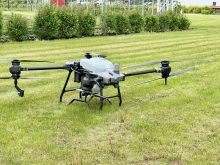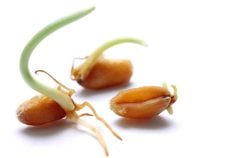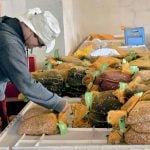Members of a group hoping to build an oat processing plant in the Peace
River region at Falher, Alta., hope a feasibility study will show them
it’s worthwhile.
Instead of sending Peace River oats to southern locations for
processing, the members want to keep jobs and value-added business in
their community, said Dan Dibbelt, economic development officer for
Falher.
“Traditionally all our oats get shipped out for processing,” said
Dibbelt. “The push is to get more value added.”
Read Also

More factors affecting winter weather
When you combine a weak La Niña, early Siberian snow, and a warm northern Pacific, it’s easy to see why long-range winter forecasting is so complex.
To help focus the group, a feasibility study was initiated in June to
examine processing opportunities in the region. The study should be
complete within a month.
There are a variety of potential processing opportunities. They include
bagging pony oats, growing organic oats, milling oats for human
consumption or developing furfural, a solvent made from oats husks and
used in glue and other industrial products.
“We want to know how far should we take the value added,” said Dibbelt.
A combination of weather and long days allows the Peace region to
produce a superior quality oat with normally about 20 percent higher
yields than other regions. The group wants to capitalize on this
advantage.
Money for the feasibility study was raised in the community and from
AVAC, an Alberta government initiative to expand the province’s
value-added industry to $20 billion by 2010.
Corey Keith, senior investment manager with AVAC Ltd., said the $20,000
from its Idea Builder program is a good investment.
“We think it’s better to spend a little money today and know if it
makes sense than spend a lot of money later and find out it doesn’t,”
said Keith.
If the feasibility study looks promising, the information can be used
as the basis for a financial plan to help focus and direct the group’s
efforts, said Keith.
The Falher Co-operative Seed Cleaning Plant spearheaded the original
project. If the oat processing plant goes ahead, it would operate as a
separate independent company but with close connections to the seed
cleaning plant, said Dibbelt.
If the study determines that value-added processing is feasible, then
co-op members want to start organizing in the new year. Part of the
money for the project will be raised by the 450 members of the seed
cleaning plant co-op.
“It’s especially encouraging to see such strong support from the local
community,” Keith said.














